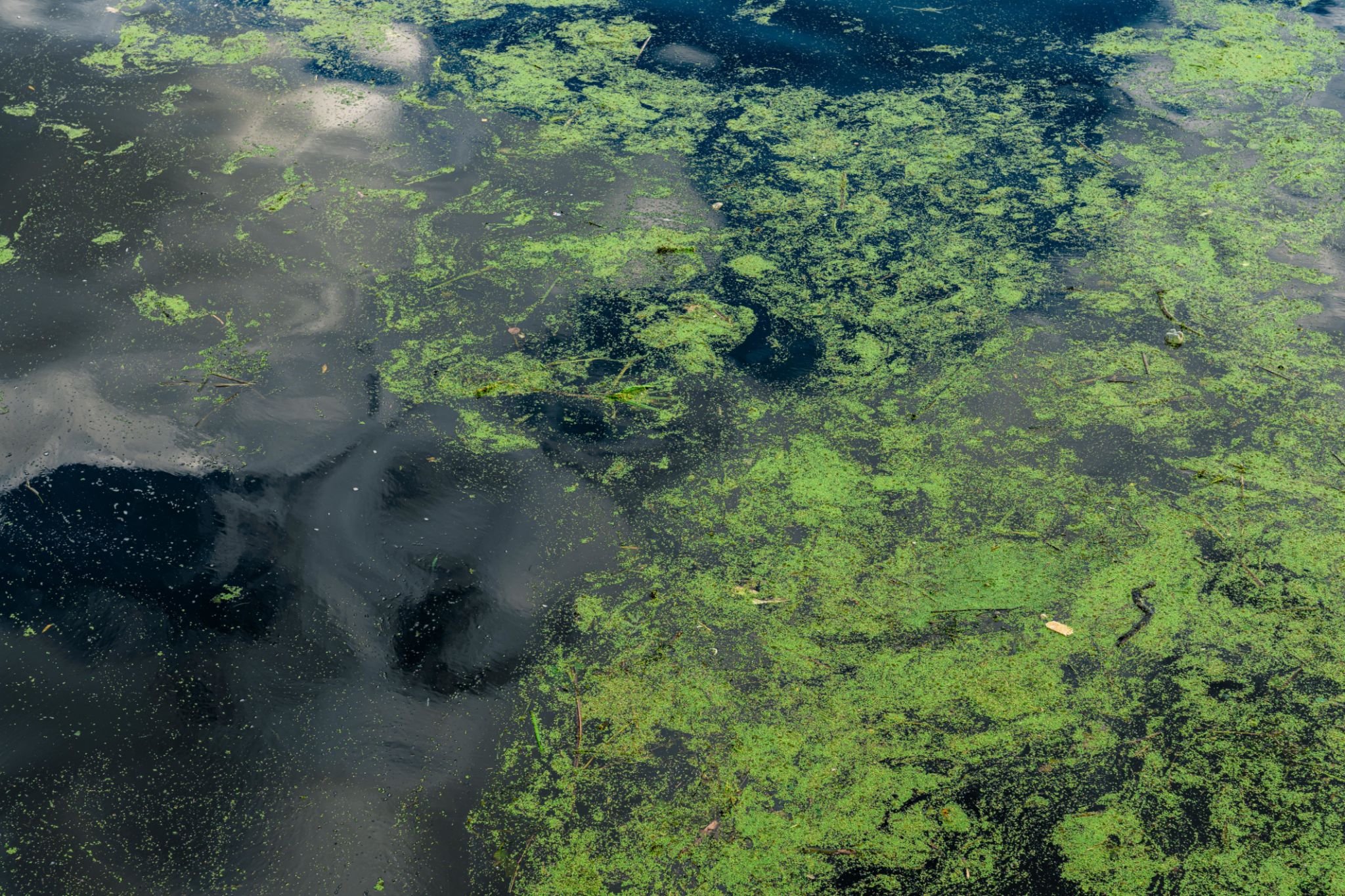The Environmental Impact of Equine Waste and How to Mitigate It
Understanding the Problem: Equine Waste
The majestic beauty and grace of horses have made them a beloved part of human society for centuries. However, the management of equine waste presents significant environmental challenges. Each horse produces approximately 50 pounds of manure daily, which can result in substantial environmental impact if not properly managed. This waste contains nutrients, pathogens, and organic material that can affect soil, water, and air quality.
Improper disposal or inadequate management of equine waste can lead to water pollution due to nutrient runoff. Nutrients like nitrogen and phosphorus can seep into waterways, promoting excessive algae growth, which depletes oxygen levels and harms aquatic life. Furthermore, accumulated manure emits greenhouse gases, contributing to climate change.

Environmental Implications of Equine Waste
Beyond water pollution, equine waste can have several other environmental impacts. For example, when left unmanaged, it can attract pests and create unpleasant odors that affect the quality of life for nearby communities. Additionally, the organic matter in equine waste can contribute to soil degradation if not balanced correctly with soil nutrients.
One of the most pressing concerns is the release of methane and nitrous oxide from decomposing manure. Both are potent greenhouse gases with a more significant impact on global warming than carbon dioxide. The accumulation and improper handling of manure can exacerbate these emissions.
Water Quality Concerns
Runoff from horse farms and riding facilities can introduce harmful pathogens into local water systems. Diseases such as E. coli and Salmonella can thrive in environments with excessive manure, posing a threat not only to aquatic ecosystems but also to human health.

Mitigation Strategies
To address these environmental concerns, horse owners and facility managers must adopt effective waste management practices. Here are some strategies:
- Composting: Properly composting manure can reduce its volume by up to 50% and transform it into a nutrient-rich soil amendment.
- Manure Storage: Implementing appropriate storage solutions like covered bins or pits can minimize runoff and odors.
- Regular Removal: Frequent removal of manure from stalls and paddocks reduces the risk of nutrient leaching and pest attraction.
Innovative Solutions and Technologies
Advancements in technology offer new ways to mitigate the environmental impact of equine waste. For instance, anaerobic digesters can convert manure into biogas, providing a renewable energy source while reducing methane emissions. Such systems can be particularly beneficial for larger equestrian facilities.

Additionally, nutrient management plans tailored for individual properties can optimize the use of manure as a fertilizer, preventing nutrient overload in soils and waterways. These plans should consider local soil conditions, crop needs, and environmental regulations.
Community and Policy Involvement
The role of policy in managing equine waste is crucial. Local governments can promote best practices through regulations and incentives that encourage sustainable manure management. Community education programs can also raise awareness about the environmental impacts of equine waste and promote responsible practices among horse owners.
By taking a proactive approach towards equine waste management, we can protect our environment while continuing to enjoy the companionship and utility that horses provide. Through innovation, education, and cooperation, the equine community can lead the way in sustainable practices.
